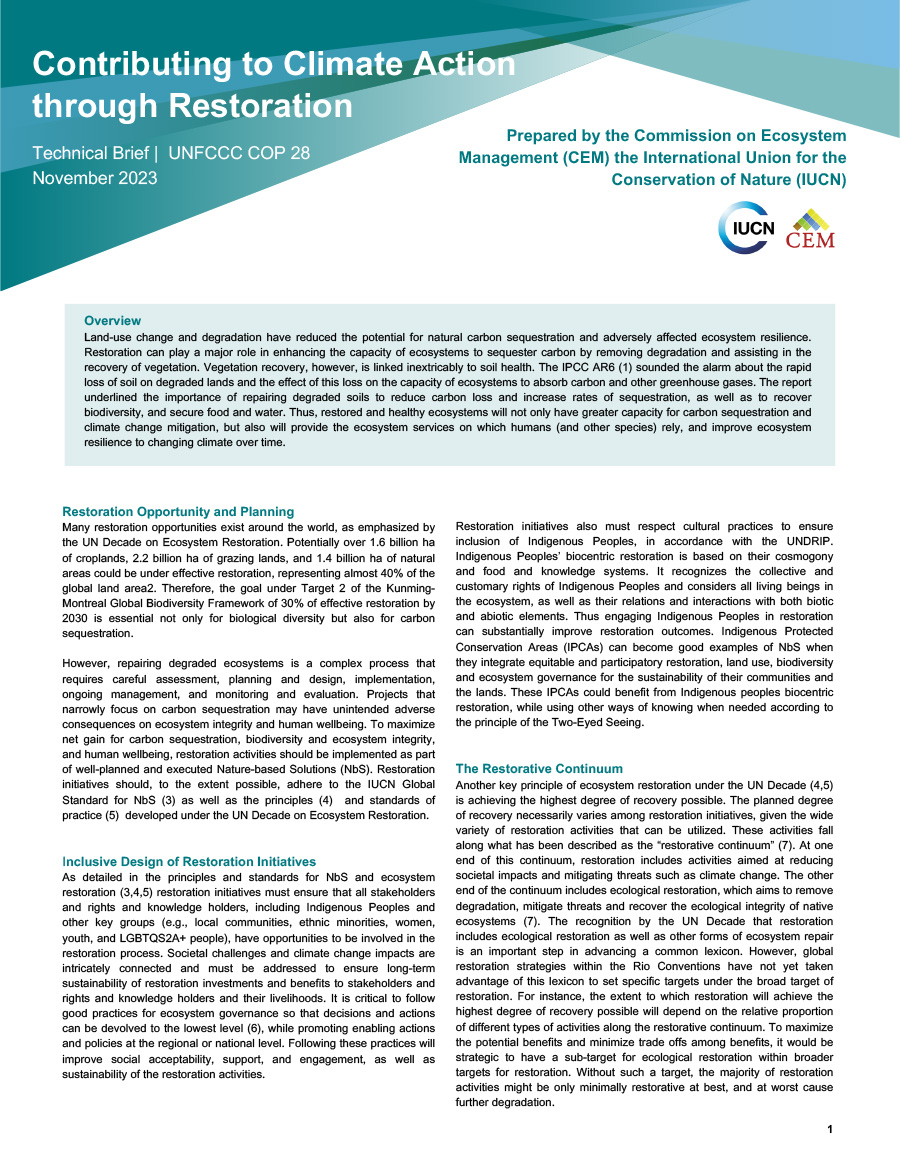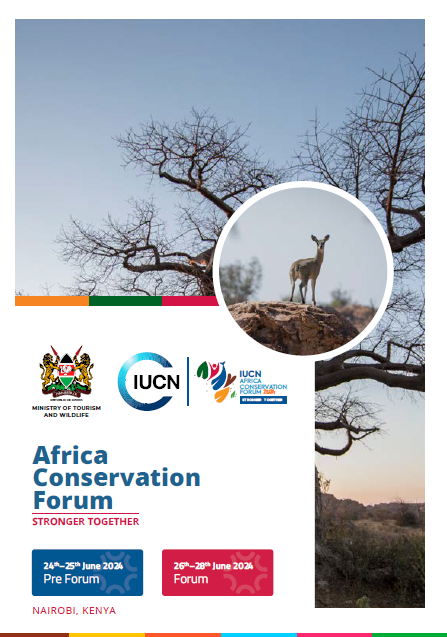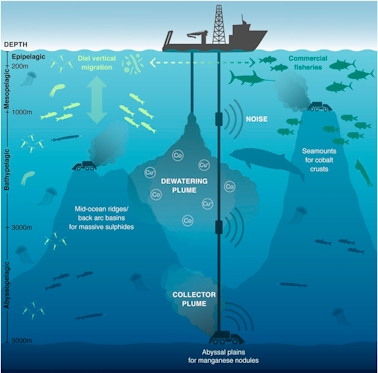Contributing to Climate Action through Restoration
Land-use change and degradation have reduced the potential for natural carbon sequestration and adversely affected ecosystem resilience. Restoration can play a major role in enhancing the capacity of ecosystems to sequester carbon by removing degradation and assisting in the recovery of vegetation. Vegetation recovery, however, is linked inextricably to soil health.
The IPCC AR6 (1) sounded the alarm about the rapid loss of soil on degraded lands and the effect of this loss on the capacity of ecosystems to absorb carbon and other greenhouse gases. The report underlined the importance of repairing degraded soils to reduce carbon loss and increase rates of sequestration, as well as to recover biodiversity, and secure food and water. Thus, restored and healthy ecosystems will not only have greater capacity for carbon sequestration and climate change mitigation, but also will provide the ecosystem services on which humans (and other species) rely, and improve ecosystem resilience to changing climate over time.




